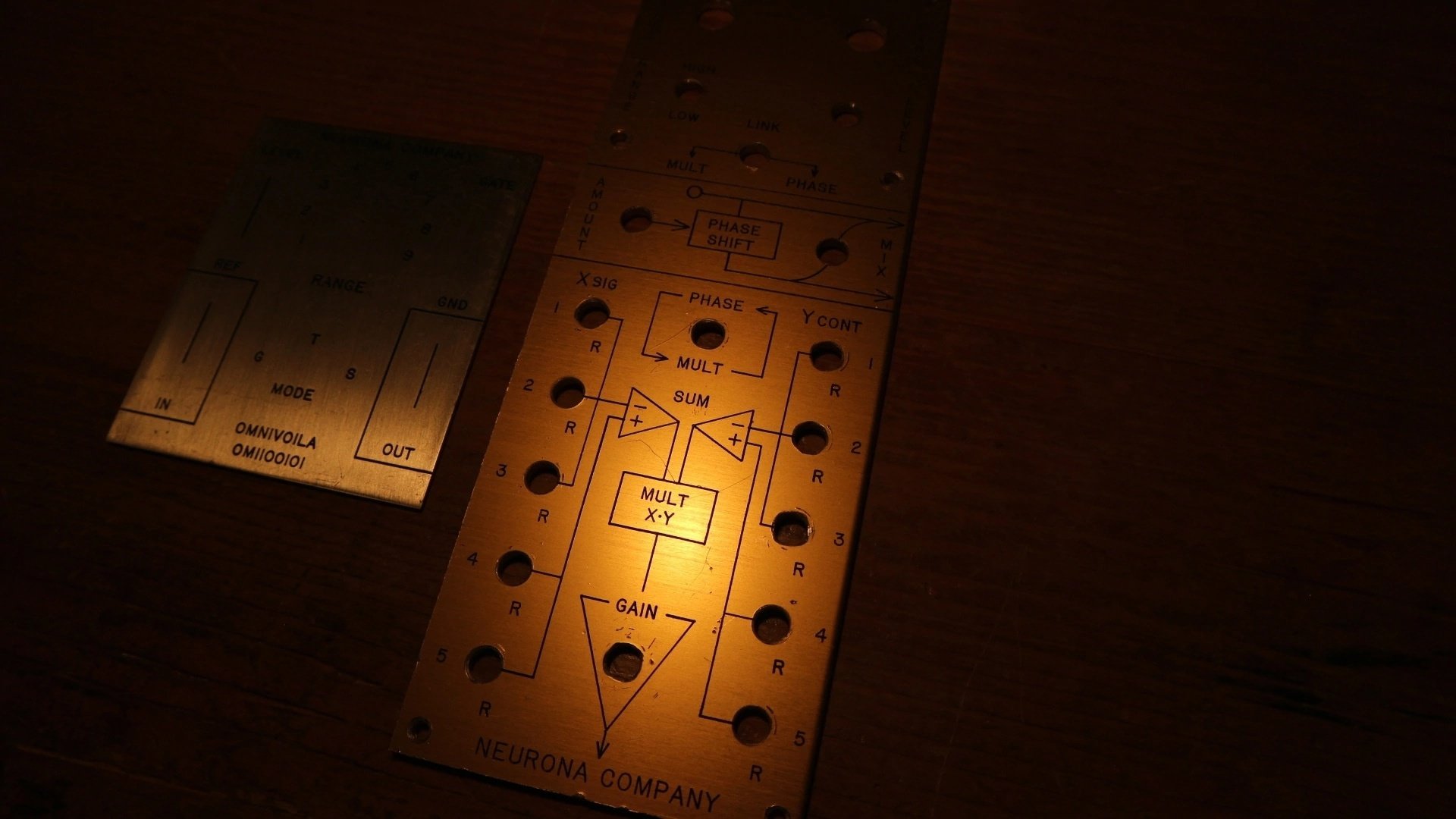In 1969, a year after moving to New York from Buffalo, David Rosenboon established the Neurona Company with his high school and university friend trained in physics, William Rouner.
The Neurona Co. advertisements asserted the electronic musical modules it proposed, would contribute to the “great synthesis” when dichotomies of arts and sciences, humanists and engineers, nature and technology will be transcended. And, in the context of electronic experimental music and the new media art, a multimedia musician-scientist will be that specimen combining different skillsets and perspectives, just like a Renaissance "universal man." Of course, the prototype here was Rosenboom himself.
The proposition of Rosenboom and the mission of his company was to argue that the use of technology in arts would drastically expand human creative capacities, rather than alienating artists from their craft by “mechanizing” the creative process. While the dichotomy of using machines for creative realizations might seem to lack substance from today’s perspective, back in the late 1960s, the use of electronics for art-making was a subject of hot debates and a certain resistance.
There were 4 basic modules developed by the company:
• A small Omnivoila module, a voltage controlled wave shaper/modulator priced at $77, derived from Rosenboom’s earlier voltage controlled, chaotic, frequency divider instrument.
• A combination oscillator, phase shifter, adder/multiplier inspired by the parameters of Fourier Synthesis.
• An Analog Computer contained eight programmable operational amplifier computing sections, each featuring addition, subtraction, multiplication, division, differentiation, integration, logarithmic processing, antilogarithms processing, comparator function, sample-hold function, and other functions obtained via the connections of feedback components, and two programmable differential amplifiers.
•A Digital Controller described as a digital computer optimally designed for live performance. (Though designed and partially prototyped, this module wasn’t fully realized before the company closed operations.)
Despite the promising claims about making technology available (in terms of skill as well as price) for artists, the company didn’t have financial success and ended in 1970. After that Rosenboom moved to York University, joining as a founding faculty of its Department of Music. (Neurona instruments are described in Rosenboom’s article: In support of a systems theoretical approach to art media. 1972. In: Proceedings of the Fifth Annual Conference, April, 1970, The American Society of University of Composers.)











